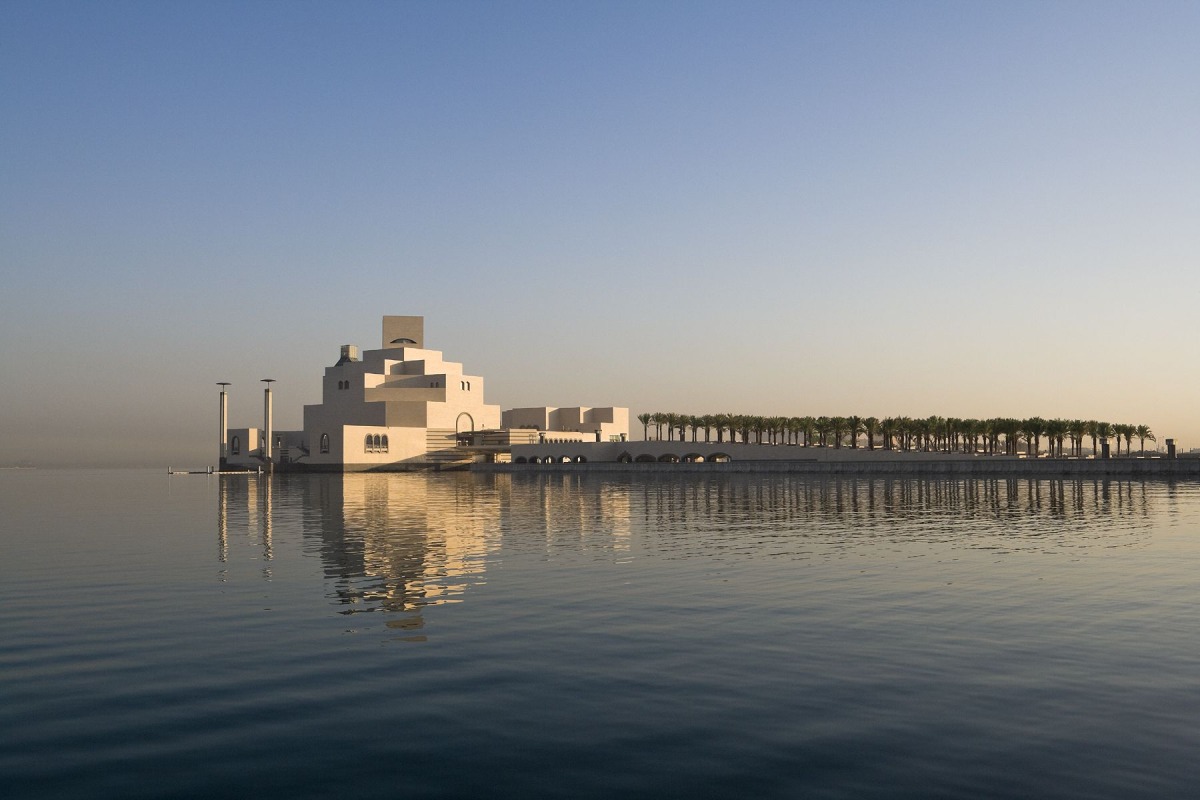
Doha: Meeting its mitigation goals in line with Qatar National Climate Change Action Plan 2030, the Museum of Islamic Art (MIA) has received the globally recognised carbon neutral certification, making it the first museum in the MENA region and in Asia to achieve carbon neutrality.
To achieve the status of carbon neutrality, MIA went through comprehensive audits aimed at measuring and verifying the GHG emissions linked with the operations and services of the facility.
Acknowledging the achievement, an awarding ceremony was held at the museum in the presence of senior members of Qatar Museums, Det Norske Veritas (DNV) in its capacity as the verifying organisation, and the Gulf Organisation for Research & Development (GORD), which worked on the project as an advisory partner to support it in achieving carbon neutrality for a one-year reporting period that started in 2021.
Speaking on the sidelines of the event, Eng. Dhabya Jamal Sayar, Director of Facilities Management Department at Qatar Museums, said: “Climate change has emerged as one of the greatest challenges faced by the world today and adverse effects are visible across globe and in Qatar. Qatar Museums, being a leading organization in Qatar, has embarked on a journey of low carbon transformation of its museums.
“To initiate the low carbon transformation process, Qatar Museums selected the Museum of Islamic Arts to achieve carbon neutrality for its operations and services for the reporting period of year 2021. Qatar Museums, with the help of GORD, identified low carbon interventions and developed its carbon neutrality plan.
“DNV, being the third-party auditor involved for the carbon neutrality, has verified and validated the GHG emissions and has certified MIA as carbon neutral for the year 2021. Qatar Museums is proud to have commenced this journey, which resulted in MIA becoming the first museum in the Middle East and Northern Africa (MENA) region to achieve carbon neutrality.”

Museum of Islamic Art officials with certificates of carbon neutrality ratings.
Dr. Yousef Alhorr Founding Chairman of GORD, said, “As repositories of artifacts, museums preserve heritage, culture and spirits of nations over time. The purpose they serve is intrinsically linked with the idea of environmental sustainability that aims at conserving our natural resources for generations to come.
Like governments and corporate entities, museums too have a bigger role to play in meeting the goals of the Paris Agreement.
“By supporting environmental conservation alongside cultural preservation, Qatar Museums has demonstrated true stewardship as a forward-thinking organization investing in the future of the nation as well as the planet earth. GORD is a proud partner of Qatar Museums’ journey towards low carbon development.”.
In order to reduce its GHG emissions, MIA with the help of GORD, identified low carbon interventions and developed a carbon neutrality plan. In order to audit and validate the GHG emissions and carbon neutrality claims/plan, internationally reputed DNV Middle East was appointed to carry out third-party audit based on international standard – PAS 2060. After the completion of successful audit, DNV certified that MIA has achieved carbon neutrality for its operations and services for the year 2021.
Speaking on behalf of DNV, Prakash Tikare, Area Manager – India Subcontinent & Middle East, said: “Carbon Neutrality is becoming the monument of the net zero commitment to create value chain impact with international standards and implement best business practices. With partnership with GORD, we are proud to support the Museum of Islamic Art to provide a strong direction for its stakeholders towards the net zero commitment of Qatar government. We commend the initiatives of MIA and congratulate it to be a frontrunner in contributions towards Qatar’s nationally determined contributions (NDCs) and set a benchmark in GCC counties.”
The scope of activities included in assessing MIA’s carbon footprint included the operational impacts linked with electricity and water consumption, waste generation and visitors commute to the museum. In the assessment process, all major GHG emission sources were accounted by using international protocols.
